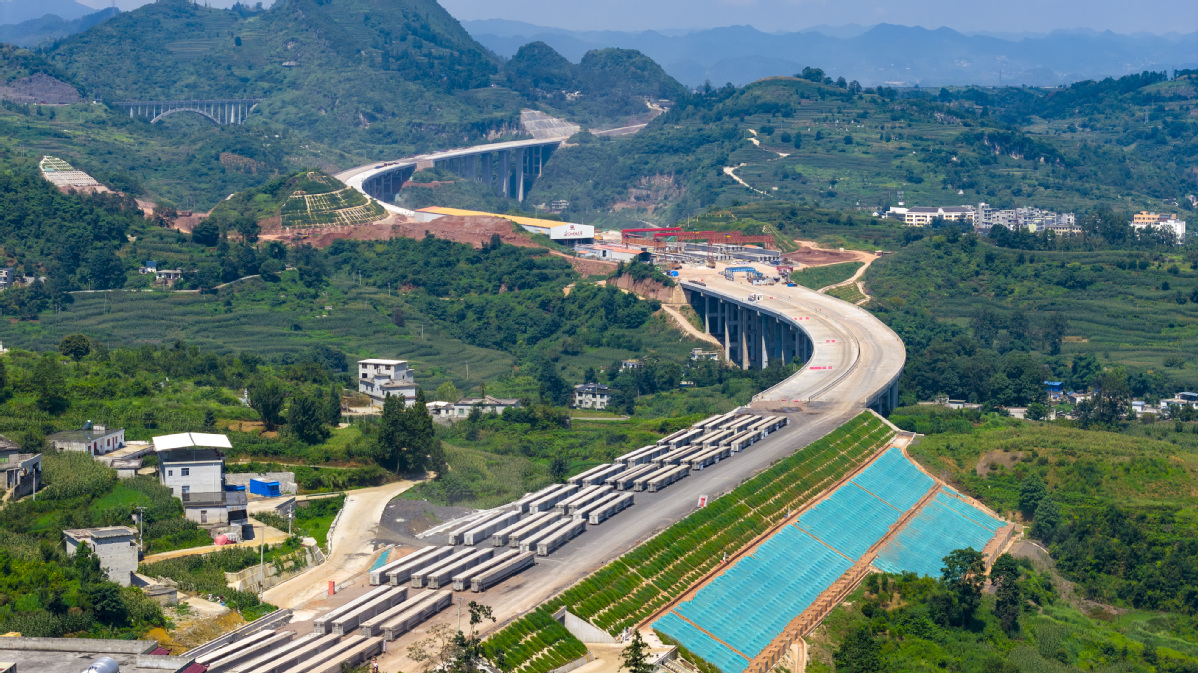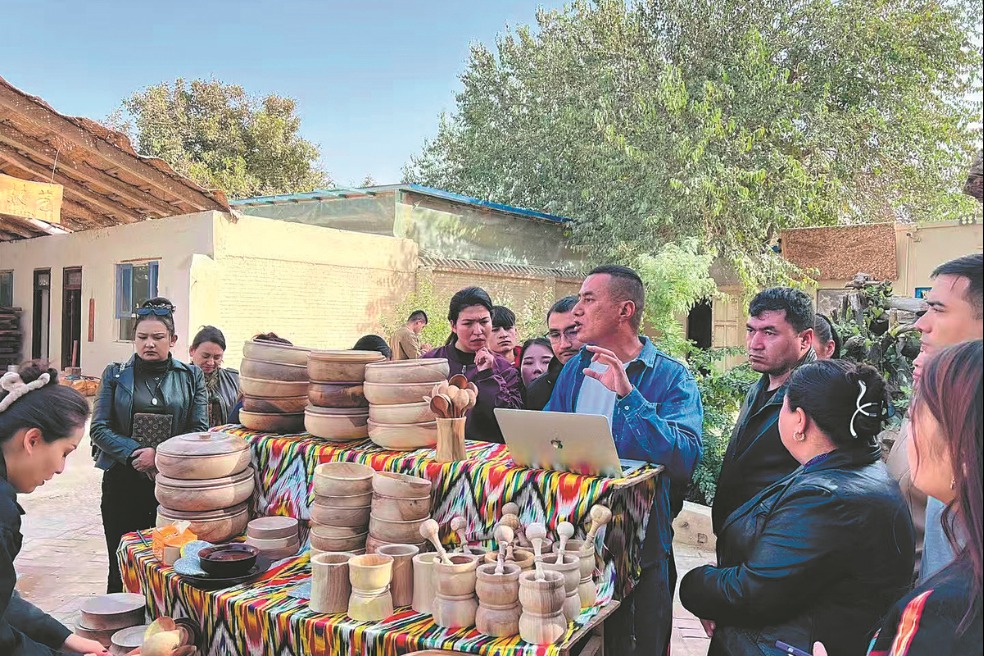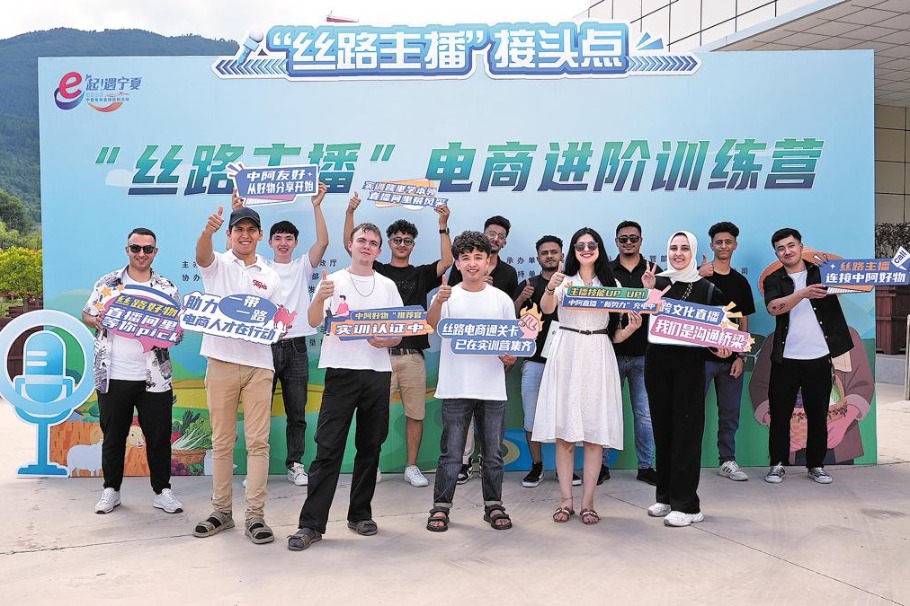Development brings Liuzhi residents better prospects
Infrastructure improvements boosting local economy, helping communities in Guizhou get jobs and overcome geographic barriers


Dubbed "the Cool City of China", prefecture-level Liupanshui in Southwest China's Guizhou province is proud of its county-level Liuzhi special district which is home to people from 32 ethnic groups, such as Han, Yi and Miao, living in picturesque places with their unique customs.
Liuzhi was set up in the 1960s due to its inaccessibility in the mountains, which helps it fend off outside intrusion and safeguard its lifeline of mineral and water resources.
The local natural beauty has been well preserved, but it awaits big pillars to shore up its socioeconomic progress, with better transport a top priority.
Abutting on the Central Guizhou Economic Zone, a key economic zone of the State, Liuzhi is the east axis of the Panzhihua-Liupanshui Rich-resource Area Economic Belt under national planning and construction, as well as a main gateway from Guizhou to Yunnan province and Guangxi Zhuang autonomous region in the south.
Liuzhi is trying to develop a traffic network with railways and expressways — two running vertically and two running horizontally.
On Sept 8, 2011, the 2,730-kilometer Shanghai-Kunming Expressway was fully connected, running through Liuzhi. But amid rapid economic growth, the traffic pressure on the existing four-lane road section in Guizhou had been immense, said Dai Xi, a driver from Zunyi in Guizhou.
To alleviate congestion and adapt to regional economic development, Guizhou decided to expand the Anshun-Panzhou section of the Shanghai-Kunming Expressway, with the expansion commencing in March 2023, he said.
For Liuzhi, its main crops are rice, corn, wheat, potatoes and rapeseed, while coal, machinery, electricity, building materials, food processing and other industries are its industrial pillars, leading to a regional GDP of 18.499 billion yuan ($2.6 billion) last year, an annual hike of 5.9 percent.
Liu Qiang, head of Liuzhi district government, promised earlier this year that the district will improve its transport to make local travel easier and help boost its socioeconomic advancement.
Li Shifu, Party secretary of the No 3 Bid project department of China Railway No 4 Engineering Group, which is partially building the section, said: "The new eight-lane expressway will make passenger and goods transport in Liuzhi faster and easier."
Luo Tiantian, a 42-year-old native of the Buyi ethnic group in Guizhou, is a staff member of Li's project department. Luo said he felt honored and proud to participate in the construction in his hometown. "I will hold myself to high standards while in engineering construction, and not let down people's trust," Luo said.
Free roads for locals
The natural vegetation in Guizhou is dense, with large mountains, deep ditches and rugged roads, leading to a severe shortage of basic farmland, and income sources for the locals were scarce.
When CREC4 builders arrived, they got to know that a big bottleneck plaguing the lives of the locals who live very scattered was that they had difficulty in their daily travels.
Governing 15 townships and towns, three sub-district communities, with a total population of over 750,300, Liuzhi houses 253 villages and urban neighborhood communities, with rich mineral and water resources.
While building the expressway, CREC4 employees decided to offer a helping hand by building additional free roads for locals.
























